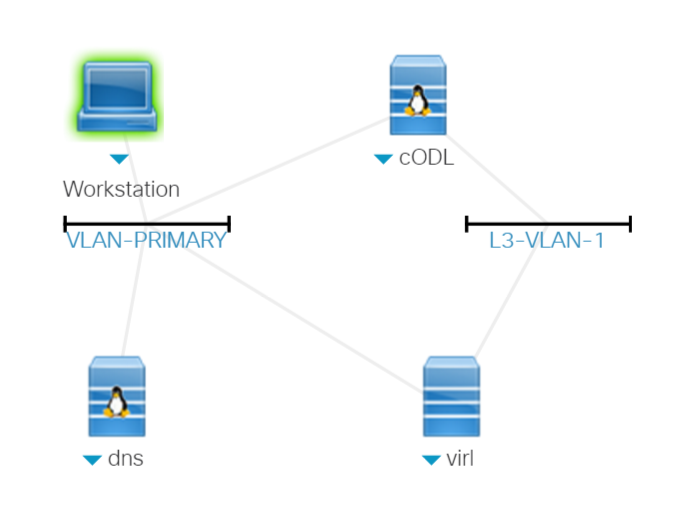Overview
The OpenDaylight (ODL) Cluster Console application allows you to easily manage, gather, and view configuration and operational data from an ODL cluster. ODL nodes can be configured in a cluster to provide scalability and resiliency in domains, such as in an IoT network.
Clustering is a mechanism that enables multiple processes and programs to work together as one entity. Clustering has several advantages including:
- Scaling: While running multiple instances of ODL, you can potentially do more work and store more data than you could with only one instance. You can also break up data into smaller chunks (known as shards) and either distribute that data across the cluster or perform certain operations on certain members of the cluster.
- High availability: In a high-availability configuration with multiple instances of ODL, if one instance crashes, other instances remain available.
- Data persistence: In ODL, stored data is not lost after a manual restart or a crash.
Check it out here: OpenDaylight Cluster Telemetry Console v1
Scenarios
- Scenario 1: Explore ODL Cluster Features
- Scenario 2: Explore Cluster Console
- Scenario 3: Explore Cluster Telemetry with Postman
Requirements
Components
- CentOS 7
- Cluster Console 0.9
- Docker 1.11.2
- OpenDaylight Boron
Features
| Cluster Console | - Manage and view operational and configuration data from an ODL cluster
- Manage alarms and thresholds
- Work with a highly customizable application
|
|---|
| ODL Cluster | - High availability
- Persistence of data
- Scalability
|
|---|
Topology
